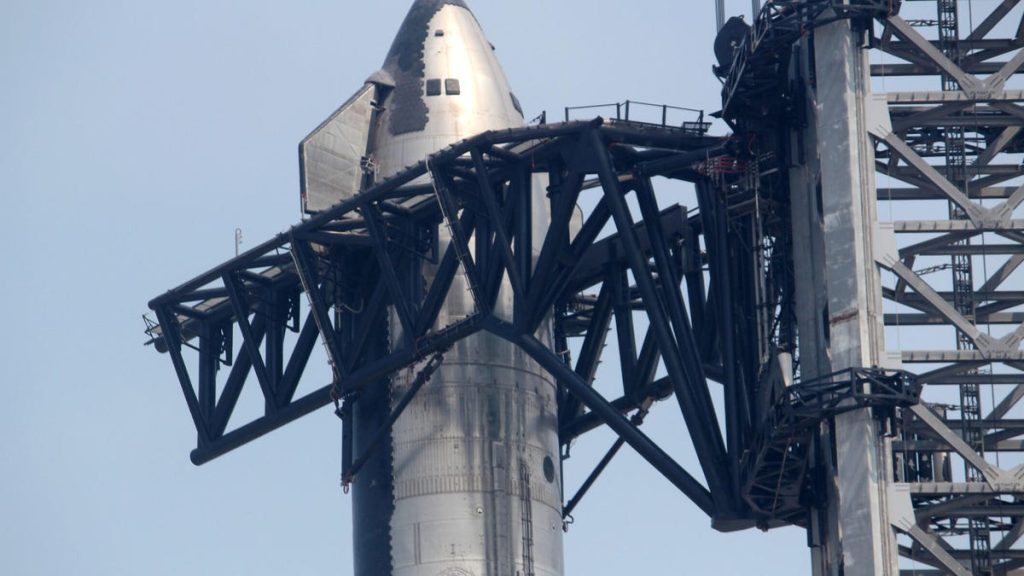SpaceX CEO Elon Musk recently announced plans to send five uncrewed Starships to Mars within the next couple of years. These missions are scheduled to take place during the next Earth-Mars launch window in 2026, with a backup window in late 2028 to early 2029. If successful, crewed missions to Mars are anticipated to follow during the 2028-29 launch window. The ultimate goal for SpaceX is to establish a self-sustaining Martian city within about 20 years, with the Starship capable of carrying a maximum payload of 150 metric tons.
SpaceX has faced challenges in its efforts to reach Mars, including delays in landing the Starship on solid ground. Despite these setbacks, Musk remains optimistic about the future of the program and plans to increase the number of missions to Mars exponentially with each transit opportunity. However, Musk has expressed frustration with government bureaucracy and regulatory issues that have hindered SpaceX’s progress. He believes that the Starship program is being stifled by red tape and anticipates further challenges under a Democratic Party administration.
In addition to the Mars missions, SpaceX has experienced delays in other sectors, including NASA’s Artemis 3 mission, which was pushed back from 2025 to 2026. This mission, utilizing SpaceX’s Starship, is set to be the first crewed mission to the moon in 50 years. Furthermore, Japanese billionaire Yusaku Maezawa canceled his flight around the moon that was also planned to use SpaceX’s Starship. These setbacks raise questions about the timeline for SpaceX’s ambitious goals and the feasibility of establishing a human presence on Mars in the near future.
Despite the challenges and delays, Musk remains committed to advancing SpaceX’s space exploration initiatives. The company’s long-term vision includes not only missions to Mars but also the eventual colonization of the Red Planet. Musk’s ambitious goal of building a self-sustaining city on Mars within two decades emphasizes his dedication to advancing human civilization beyond Earth. With the Starship’s capabilities and Musk’s determination, SpaceX may be able to overcome obstacles and realize its vision for the future of space exploration.
As SpaceX continues to push the boundaries of space exploration, the company faces a range of technical, logistical, and regulatory challenges. Musk’s recent announcement of plans to send five uncrewed Starships to Mars indicates the company’s commitment to expanding its presence beyond Earth. While delays and setbacks have impacted SpaceX’s progress, Musk’s vision of establishing a self-sustaining Martian city within the next 20 years remains a driving force behind the company’s ambitious goals. With ongoing advancements in technology and a dedicated team, SpaceX is poised to make significant strides in the realm of space exploration in the coming years.












